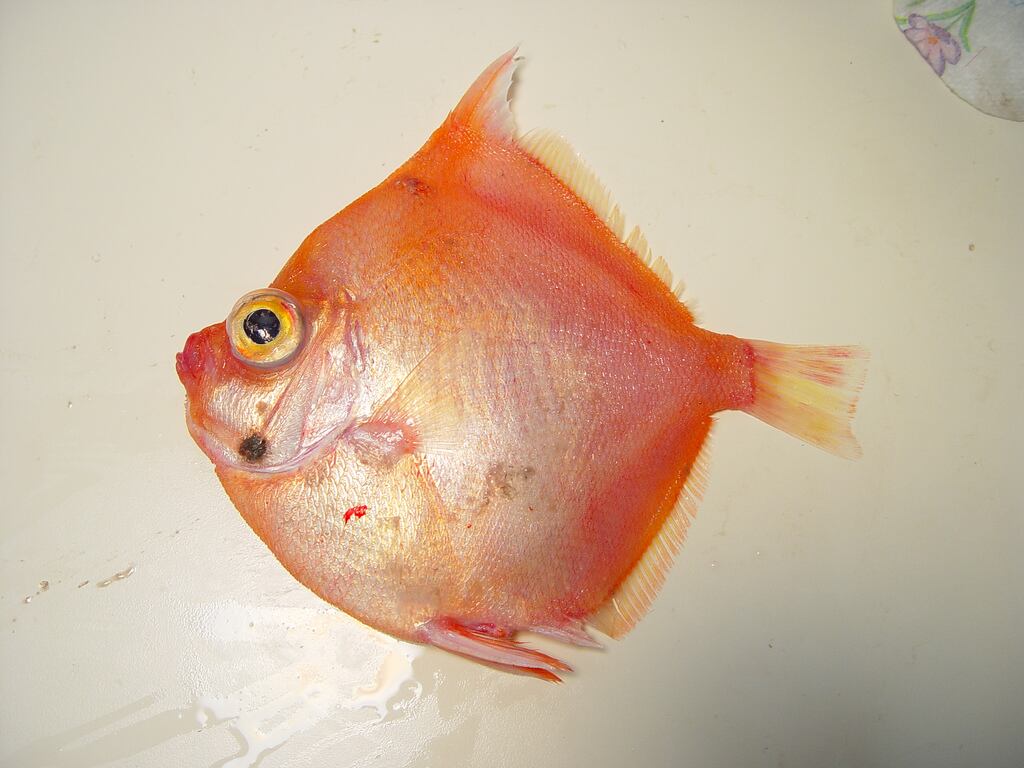Fishing quotas aimed at protecting stocks in Europe had meant about 23% of total catches were thrown back overboard in order to use quotas for commercially attractive species only.
In an effort to curb this and heed calls of environmental NGOs, from 1 January 2015 the EU introduced a ‘landing obligation’. This means all fish caught – not just commercial targets like cod, mackerel and herring – must be brought to shore and recorded as part of the vessel’s allowance.
Protein, peptides, fish oils and nutraceutical ingredients have all emerged as potential food-grade uses of such species.
The rules, part of 2014 EU Common Fisheries Policy (CFP) reforms, apply to only certain parts of the EU but are set to cover the entire region by 2019.
Dr Chris Mclaughlin, part of a team of researchers from the University of Ulster in Northern Ireland looking at uses for untapped marine resources, told us the policy changes had prompted interest into how to commercialise previously discarded species.
“There are quite a lot of companies that have stockpiles of these fish in order to see if anything can be done with it. So I think coming from that perspective – if you have a lot of something that you can’t do anything with, then there’s an issue.”
100,000 tonnes a year
And so it goes for boarfish (Capros aper) and blue whiting (Micromesistius poutassou).

Mclaughlin said the species were among the most abundantly caught fish in Irish seas with about 100,000 tonnes caught every year. But the small bony fish held little appeal for consumers.
“Because they’re not very ‘appetising’ and they don’t look very nice, the consumers will virtually ignore them if you put them on a fish monger stall.”
Now the landing obligation was in place this recorded number may increase, he added, spurring interest in their use.

“We’re trying to figure out what we can do with this fish since it is normally discarded or used as fertiliser.”
Searching for the 'whey powder of the sea'
Mclaughlin is part of a team looking at potential anti-diabetic properties of peptides extracted from the fish and seaweed under the project name MaraPep, along with its partners at the University of Limerick. Yet the whole protein was worth investigation, he said.
“I can definitely say that the protein that comes from the fish and from seaweed is very nutritionally complete and has a better amino acid composition than plant sources of protein. So it’s something that could be looked at in the future as using the intact protein from these fish.”
Last year Declan Troy, assistant director of research at the Irish Agriculture and Food Development Authority (Teagasc), told us a seven-year initial NutraMara programme was looking to find Ireland’s whey powder of the sea. Whey is an ingredient previously seen as a by-product of the dairy industry but now used as a source of protein in the food and supplement sector, especially in sports nutrition.
The Irish government has invested €5.2m in the programme, which aims to capitalise on the country's untapped marine biodiversity.
Mclaughlin said: “There seems to be a huge amount of interest now in this [use of seaweed and fish discards]. I think it might have been there before this [landing] legislation was passed, but it’s definitely a driving point for this now.”
This sits within the wider context of EU 2020 goals to stimulate so-called ‘blue growth’. Tapping into unexploited resources has been earmarked as a key part of this strategy.
The ‘blue economy’ currently provides about 5.4 million jobs in Europe and contributes almost €500 billion a year to European economies.
